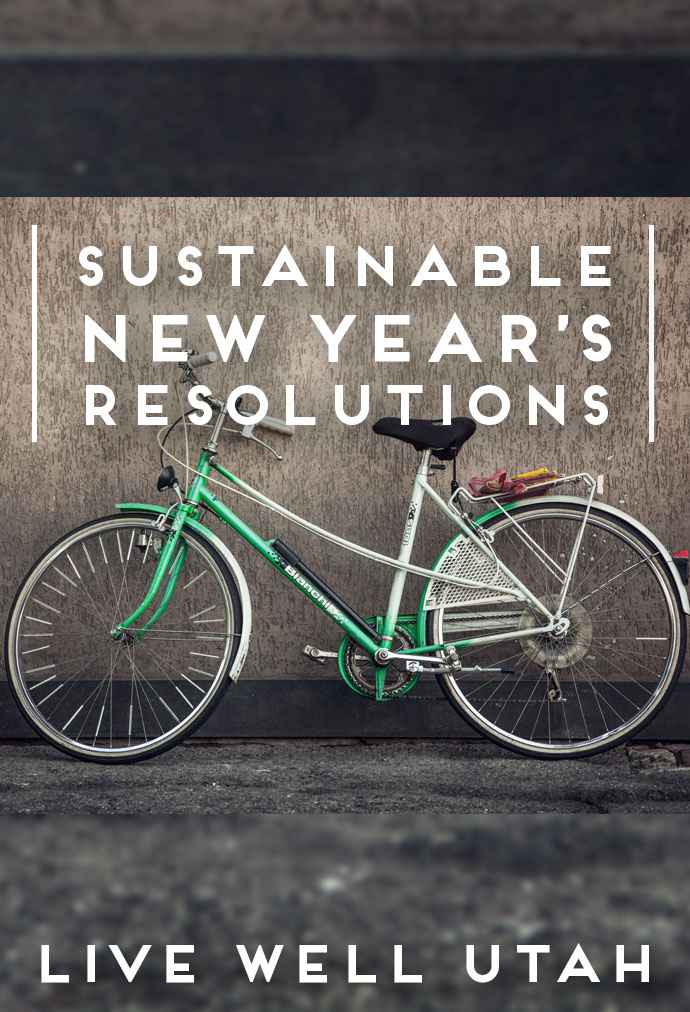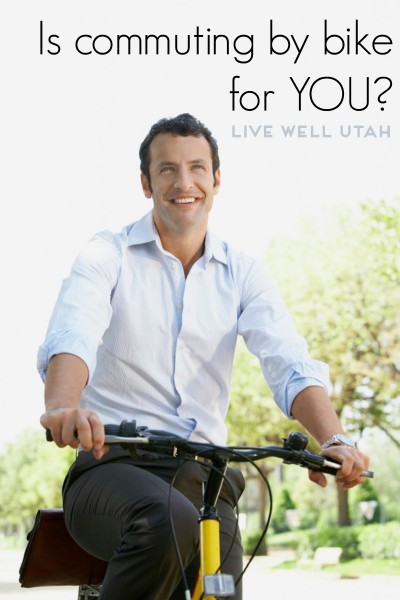 Earth day is this Saturday, April 22, and you may want to celebrate by making a sustainable change. Try these tips to help you continue sustainable behaviors and influence your family, friends, neighbors and coworkers to make sustainable changes as well.
Earth day is this Saturday, April 22, and you may want to celebrate by making a sustainable change. Try these tips to help you continue sustainable behaviors and influence your family, friends, neighbors and coworkers to make sustainable changes as well.
As Earth Day approaches, many begin dreaming up ways to live and help others live more sustainably. But change— like vowing to start bringing your own bags to the store, biking to work, or visiting the farmers market more often— is hard. Adding to the complexity is the fact that the reason most people say they engage in environmental behaviors is actually quite different from reality. It turns out that norms (the influence of others) is generally the highest influence on our behavior. How shocking! None of us wants to admit we are influenced by others, but regardless of how passionate we feel about the environment, if others around us are engaging in similar behaviors, we are much more likely to do so. The good news is that you can use tools like this to your advantage!
Going back to biking to work as an example (you could also plug in taking the bus or train, walking, or carpooling), why is it so difficult to make the switch from driving your car? Well, let’s break this down into a barrier-benefit analysis. When driving your car, what barriers do you experience? For example: stress, feelings of anger and frustration sitting in traffic, loneliness, wasted money by idling in stopped traffic or while parked, vehicle maintenance costs, parking pass costs, etc. What are your perceived benefits? Possibly independence, freedom to make your own schedule, etc. Now let’s look at biking. What are your perceived barriers? They could be safety, understanding traffic laws for biking, bad weather, etc. What are your perceived benefits? Examples could be combining physical activity and your commute into one, increased happiness, cardiovascular fitness, strength, balance and flexibility, cognition, energy, etc.
In helping influence sustainable change, you may be tempted to share the reality of how many drivers commute alone each day with your friends, family and colleagues. Unfortunately, given the power of norms, this will have an adverse impact, likely causing more people to engage in the behavior because everyone else is doing it. Instead, as a wise marketer, you should emphasize the barriers of the behavior you wish to discourage, and emphasize the benefits of the behavior you wish to encourage, all while removing as many of the barriers of the behavior you wish to encourage as possible. From here, you will test and then employ a set of marketing tools to increase your likelihood of success. These tools can include:
Prompts: Best for repetitive behaviors like bringing your own bags to the store or turning off lights. These should be as close to the behavior as possible, such as an air freshener designed by youth reminding parents “It’s your Turn, Turn it off” to cut down on idling in front of schools.
Commitment: Start small. Small commitments of a related nature can be followed up with bigger asks. For example, your kids might ask you to commit to turning off and unplugging electronics when not in use and place a “in our house, we power down” sticker on your car. Then, you are much more likely to seriously consider a larger related behavior in a future ask, like exploring solar panels.
Norms: These are the most influential of all tools. Be sure to focus on the norm you wish to create. You should both model the behavior you are advocating and try to make the behavior visible. Composting is generally kept to people’s backyards, but if you want to encourage your entire neighborhood to compost, you could talk to each of your neighbors about composting, the benefits, how you overcame barriers experienced, where to purchase needed materials, seek a commitment that they will begin composting, follow up with your neighbors, and administer stickers for everyone’s visible recycle bins that say “_[insert neighborhood name]__ Neighborhood Composter.” This creates a visible neighborhood norm where others will want to join in when they see their neighbors engaged in the behavior.
Convenience: Make engaging in your behavior as easy as possible. For example, do not place the recycle bin far away from the trash unless you wish for contamination in both. Place the bins side-by-side ideally with different colors (blue for recycling), clear labels, and for an added bonus, call the trash “landfill” for a more accurate visual of the end-state result.
Communication: Catchy phrases and tapping into popular culture can do wonders for your change efforts. If you want your young kids to remember to turn off the lights, you could place a “smiley” sticker next to the “off” position, a “sad” sticker next to the on position, and positively reinforce them when they turn the lights when leaving a room.
Incentives: These can extend beyond financial— get creative! Just be sure not to take the incentive away too soon once introduced or the behavior may not remain changed. Some grocery stores offer five cents off for each reusable bag used by customers— this is a good incentive. Another example of an incentive is a bike rack located right next to building entryways. Front row parking may entice more people to ride their bike to work or school, especially when combined with limited or expensive parking.
Interested in learning more? Check out this Primer in Community-Based Social Marketing that you can use to help foster change in your own household, neighborhood, community, and even state. This is based off of Doug McKenzie-Mohr’s great work of Fostering Sustainable Behaviors (2013).
Want to further explore biking as an alternative mode of transportation? Check out this view the fact sheet. Looking forward to seeing you on the bike path!
This article was written by Roslynn Brain, Sustainable Communities Extension Specialist with USU Extension, Moab
 Imagine your pesky garden weeds as flowers, fertilizers, and salad greens. What if you could swap your sprinklers for rain showers?
Imagine your pesky garden weeds as flowers, fertilizers, and salad greens. What if you could swap your sprinklers for rain showers? Your commute may be contributing to your well-being. Read on to learn how to turn it into a source of happiness.
Your commute may be contributing to your well-being. Read on to learn how to turn it into a source of happiness. Earth day is this Saturday, April 22, and you may want to celebrate by making a sustainable change. Try these tips to help you continue sustainable behaviors and influence your family, friends, neighbors and coworkers to make sustainable changes as well.
Earth day is this Saturday, April 22, and you may want to celebrate by making a sustainable change. Try these tips to help you continue sustainable behaviors and influence your family, friends, neighbors and coworkers to make sustainable changes as well.




